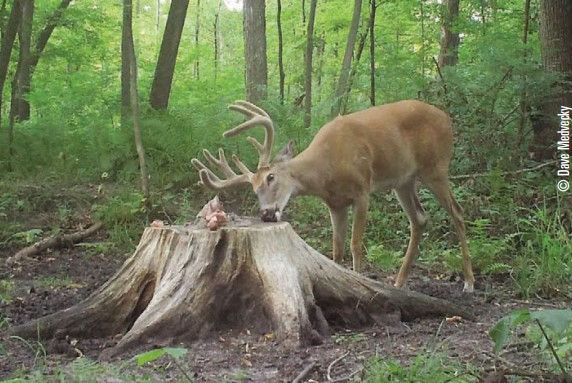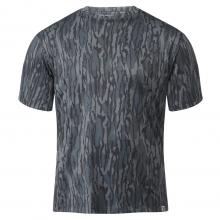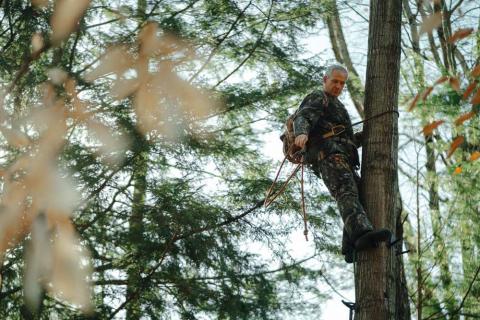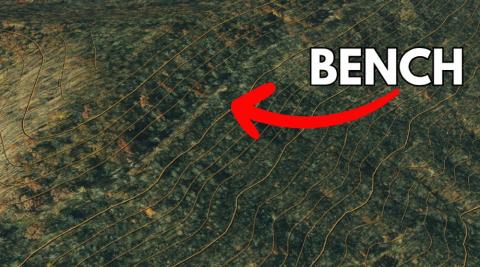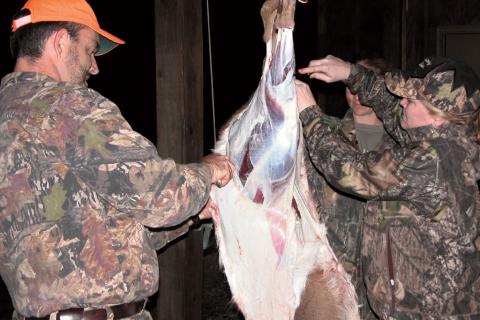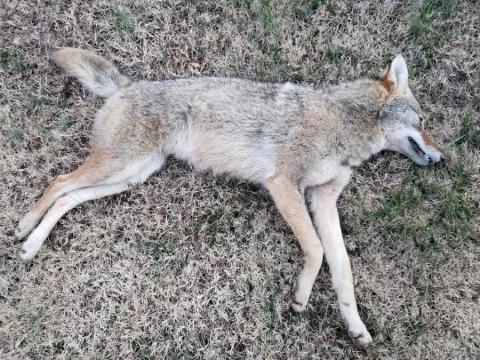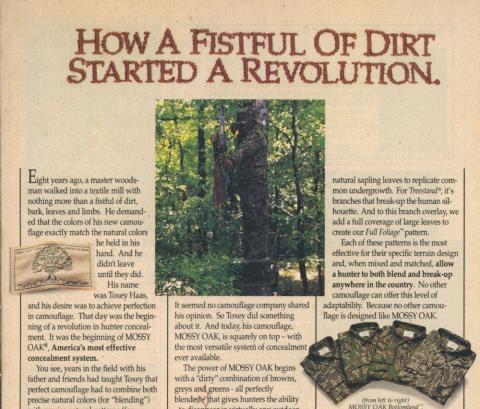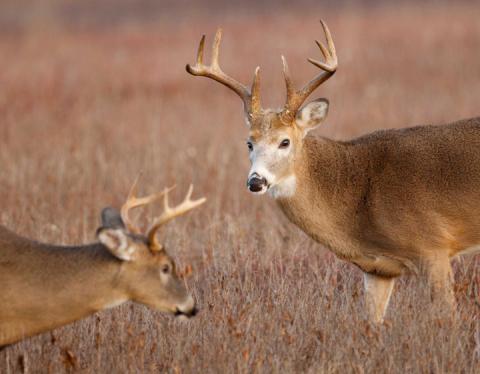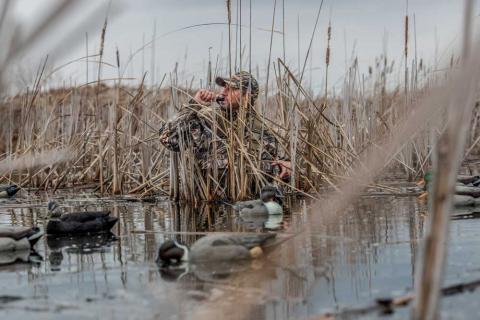Richard Hines |Originally published in GameKeepers: Farming for Wildlife Magazine. To subscribe, click here.
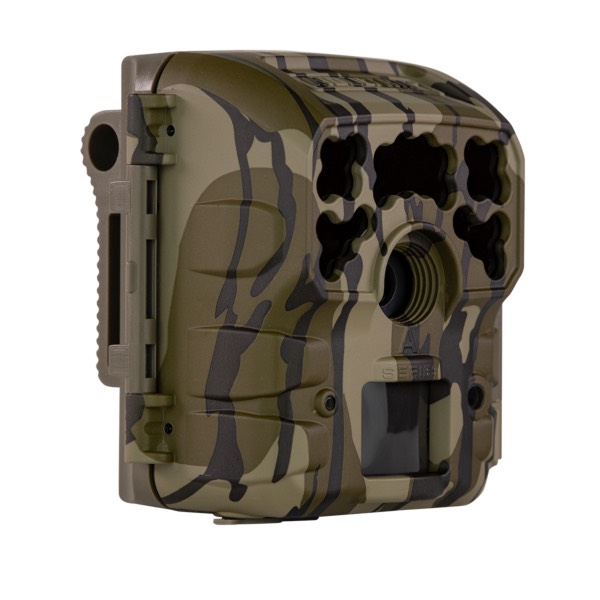
One could argue that trail cameras are the tool that has impacted the hunting industry the most over the past 30 years. Not only will they help you get close to a mature buck, but they will also inform you of information vital for managing your herd properly.
Yesterday, we drove through our farm and saw 25 deer, so how many do you think we have on the place? How many deer can we hold? These are tough questions that wildlife biologists might have on their first visit to a farm.
All landowners who hunt want to know how their whitetail deer herd is doing, so over the years, wildlife agencies have developed many types of deer population surveys. One thing that surprises many landowners is that any deer survey or census is only an estimate. It will not be a complete count, but by using accepted methods and a few simple formulas, you can develop reliable population estimates.
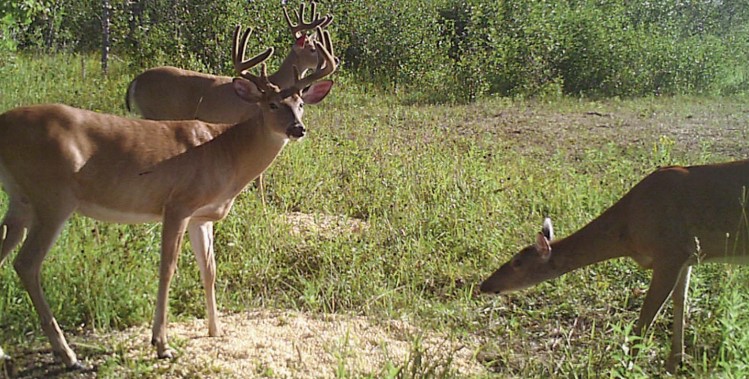
Why survey your deer herd? First, if you are managing deer, you need to understand that maintaining the herd within the carrying capacity of your land is of utmost importance. In keeping the herd within carrying capacity, you will be assured of maintaining the maximum number of healthy deer without degradation of the habitat. Additionally, deer surveys and annual harvest data go hand in hand. Excluding climatic factors such as a summer drought, if landowners are seeing drops in body weights or fawn production, it may be an indication of exceeding carrying capacity.
Surveys also help to determine buck-to-doe ratios. Gamekeepers are often surprised at the number of does that their property actually holds. It is not uncommon to see buck-to-doe ratios of one buck to 10 does on property that seemed less dominated by does. Changes in surrounding properties often push does to the more suitable ground without the gamekeeper realizing it until a survey is conducted.
Among the numerous deer survey techniques — including pellet group counts, incidental observation counts, spotlight surveys, aerial transect surveys, walking counts and drive counts — the newest on the deer management scene are trail cameras. These are one of the best tools for private landowners. Trail cams have the advantage of collecting a wide range of data, including population density (acres per deer, buck/doe ratios, fawn/doe ratios and even age structure for the buck segment of your population). Game cameras can also provide a view into the number of predators found on your land. The possibilities are almost endless. You just have to determine how intensive you want the survey to be.
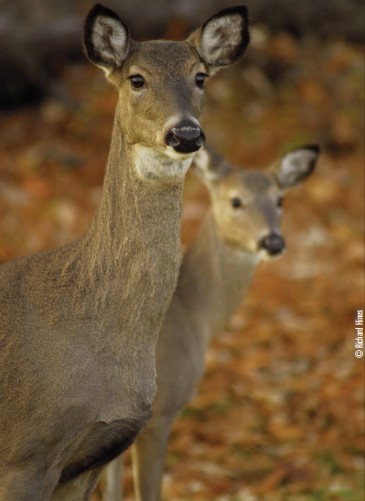
standing together it’s fairly easy to tell them apart, but
they may be difficult to recognize when standing
alone. Use an “aging guide” like those from Moultrie
or QDMA for better accuracy.
When you design your survey, keep in mind you need to replicate the survey in the same manner each year. With doing any type of wildlife survey, protocol or consistency is very important if you are going to have results that are comparable year after year. When I was running deer spotlight surveys for a state agency many years ago, a local landowner stopped and talked to us about what we were doing. When we told him deer surveys, he said, “If you want to see more deer, you need to take that road to your right and go about three miles to the river.” We thanked him and continued. The route we were surveying had been in place for 20-plus years. Yes, we might have seen more deer, but at that point, if we had broken the survey protocol, our data could no longer be compared to the past 20 years. Setting and following protocol provides consistency and consistency gives you results that are comparable year after year, so stick with them!
Shortly after game cameras hit the market, Mississippi State University immediately began looking at ways to survey deer utilizing this new technology. In doing so, they have set up easy but viable protocols that any landowner can use.
One of the team members, Dr. Bronson Strickland, is an Associate Extension Professor with MSU and helped to lay out the groundwork in designing a camera survey. With other surveys mentioned earlier, the type of deer survey you could use depended on habitat. Thick pine stands may be limited to track surveys while open areas may lend themselves to spotlight counts. Regardless of the habitat type or within the core of your land or along boundaries, survey results are the same. Strickland says, “The beauty of the game camera is that it will work in all types of habitat and requires less time than other deer surveys.” He added, “The bait sites must be distributed fairly evenly over the property.”
Remember — if done correctly, this survey still only provides a “snapshot” of deer on your land which in most cases may be enough for management or harvest decisions. The biggest commitment for a camera survey is establishing and maintaining bait prior to the beginning of the survey. Darrin Durham, who is the Product Development Manager at Moultrie, said he likes to have his bait sites in place at least 10 days prior to starting the survey so deer are already visiting the site.
Exactly how many camera sites you need gets down to the size of the property. Smaller tracts are easier in that you should only use one camera site per 100 acres — no matter how it is shaped or arranged. That’s because at some point during the normal seven to 10-day survey period a majority of deer will visit the site. According to Strickland, “Where it gets difficult is when you have a piece of property in the thousands of acres. For instance, a 4,000-acre tract of land would require 40 cameras.” If you did not want to use that many cameras, you could divide the property in half and survey the east side for seven to 10 days and then repeat the process on the west side of the farm and compile results together. Another scenario Strickland mentioned, “Let’s say you have great habitat on both the north and south ends of the farm, but in the middle, poor habitat such as a mowed hay field. In that situation, I would use one camera on the north end and one on the south end of the farm…you should set your cameras in areas where deer are naturally predisposed to visiting.” In other words, set your cameras where the majority of the deer are located. Again, at some point, all deer on the farm will visit the site and the more photos, the larger the sample and larger samples give more valid results, yielding information about a herd’s age, sex ratio and fawn crop. It’s all about numbers of photos, but don’t use any photos you take on site prior to the actual start of the survey. They are good to have but should not be included in the data analysis. With the information in hand, simply plug it into the formulas that Mississippi State University has developed.

with good harvest records.
The biggest reason most landowners want to conduct a survey is to know “how many bucks they have.” You can obtain this information both during the survey period and throughout the season. Set the survey up so you can group buck photos into age classes. You should check out Moultrie Feeders and their “Whitetail Aging Guide.” It is primarily for carrying to the field to help identify different age classes of bucks, but you can use it to help develop a buck age structure for your herd. Also, compare these photos with harvest data because, over time, you will begin seeing interesting trends such as with antler characteristics and body weights.
Fawn production is also an important component of camera surveys. To collect this information, you should start your surveys after the peak fawning period. Although fawns are up and walking after birth, they do not move great distances with the doe until they are five to seven weeks old. To determine the average fawning period for your state, check your wildlife agency’s website.
In Michigan, Missouri and Kentucky, the average fawning peaks during May through June, but Strickland told me in parts of Mississippi a late fawn drop in August and September is not unusual. Starting a survey before fawns are active will cause you to undercount fawns. “In Mississippi, baiting is not allowed when bow season starts,” Strickland said.
In this case, Strickland recommends conducting fawn surveys after hunting season. He said, “One thing is for sure, every fawn on your land will hit the bait, but be sure you are classifying deer correctly as some fawns and yearling does are sometimes difficult to tell apart.” Again, this varies region to region.
Trail camera surveys are also an effective way to take a census on species like turkeys, hogs and predators. Although these species may travel farther during the hot summer months than whitetail, you can still gather data on their numbers and how often they travel across your property. Don't count on identifying specific animals of these species. It isn't easy to do. Setting up trail cameras over bait works well for these species, too, but don't overlook monitoring a water source — especially a water source that does not go dry in the summer.
Picking a site for your camera survey does not necessarily mean you have to use regular feeding stations. If you do use regular sites, you might move feeders or boxes out of the line of sight. Having photos of really nice deer that are obscured by tripod feeders or supplemental feeding boxes will make it difficult to fully identify or age a particular deer. Water sources can be a good place to conduct a survey, especially if it is a primary water source. It can be difficult to survey with a single camera if it is a big, wide body of water. You may need to be strategic in camera placement to cover the entire body of water. Large bodies of water may not be practical for a survey.
Strickland said, “Find a narrow food plot or field where you can set the bait on the ground along a linear line that is within 15 to 20 feet from the camera.” Bait stations laid out in a wide open field are also not practical because deer seen in the distance are only frustratingly “unidentified” and will not help you determine sex ratios or age structure. At night, with some cameras, you will only photograph eyes. Bait sites should have a closed background. If you have multiple sites, place a marker or number on each site so you will know where the photo was taken. Trust me — when you are digging through hundreds of computer images, it will save time. Don’t overlook site prep. During pre-baiting, take time to clear back brush, limbs and even grass stems that may be in front of the camera. There’s nothing like having 100 photos of a moving limb in the latest wind storm! The pre-baiting period will also give you time to adjust the height and field of view prior to the actual survey. Additionally, it’s best not to visit bait sites early or late in the day during peak activity periods.
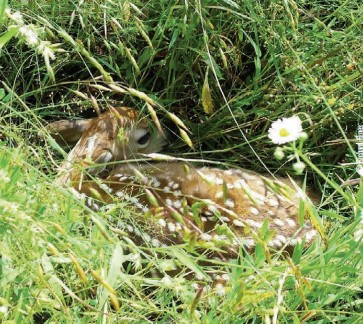
weeks after fawning you will miss the majority of
fawns. Instead, camera surveys should start six or
seven weeks after average fawning dates when the
fawns will begin traveling further with their mother.
If you are in an area with wild pigs, setting the camera up on the first day will let you determine if pigs are present. If pigs do show up, they can repel deer from a bait site. In this case, make an alternate bait site at least 500 yards from the first one and maintain both bait sites. Hopefully, it will keep pigs away long enough to complete the survey.
If you are conducting a survey where cows can be an issue, you can put hog panels around the bait to keep cows and hogs out. Hog panels can skew your whitetail numbers to a degree. Fawns can't make the jump and get stuck outside the fenced area, and other deer may be shy away at first. Make sure you pre-bait when using hog panels. It will give whitetails the chance to be comfortable with it. Also, mind where you set up a trail camera or the panels will obscure the photo.
Hanging a camera only requires a tree, but if suitable trees are not available, you can easily use a steel fence post or commercial tripod. Also, set the beam for 20 to 30 inches above the ground to avoid too many squirrel and raccoon photos. Before you leave the site, take a test photo.
If you really want to get high-tech, Moultrie has the Mobile Field Modem MV that allows you to wirelessly transmit, view and manage images. I recently started using the Moultrie M-999i which has a trigger speed of 0.5 seconds, a detection range of 50 feet, plus a flash range of 70 feet. This top-end camera will also record full HD-video and sound. If you do plan to take video, make sure you have a large memory card. Video requires more storage.
At a minimum, your camera should have a flash range of 30-50 feet and a 5-6 MB memory card. Trigger speed is important on cameras set along trails where game is moving quickly but Strickland told me that it was not a major issue for bait sites. On a bait site, set a delay of about five minutes per photo.
Depending on the survey length, consider using a solar panel to keep your trail camera charged. Solar panels increase battery life and will prevent dead batteries from ruining your survey. It is also a big cost saver, as batteries are costly. Today's cellular trail cameras require more from your batteries, and a solar panel combined with cellular trail cameras can mean you rarely have to be onsite.
NOTE: Are you seeing fewer fawns, pheasants or turkeys? Cameras can also help you keep records of predators. Keep records from year to year to determine population changes.
Today’s trail cameras have come a long way since they hit the market back in the 1990s and their use for land managers is almost endless — from surveying deer to obtaining the MRI (most recent information) on a mature buck to just general observations of predators. Bronson Strickland and I were discussing all the various deer surveys we had worked on over the years and we both agreed: Cameras are so much more accurate and, best of all, fun to use!
